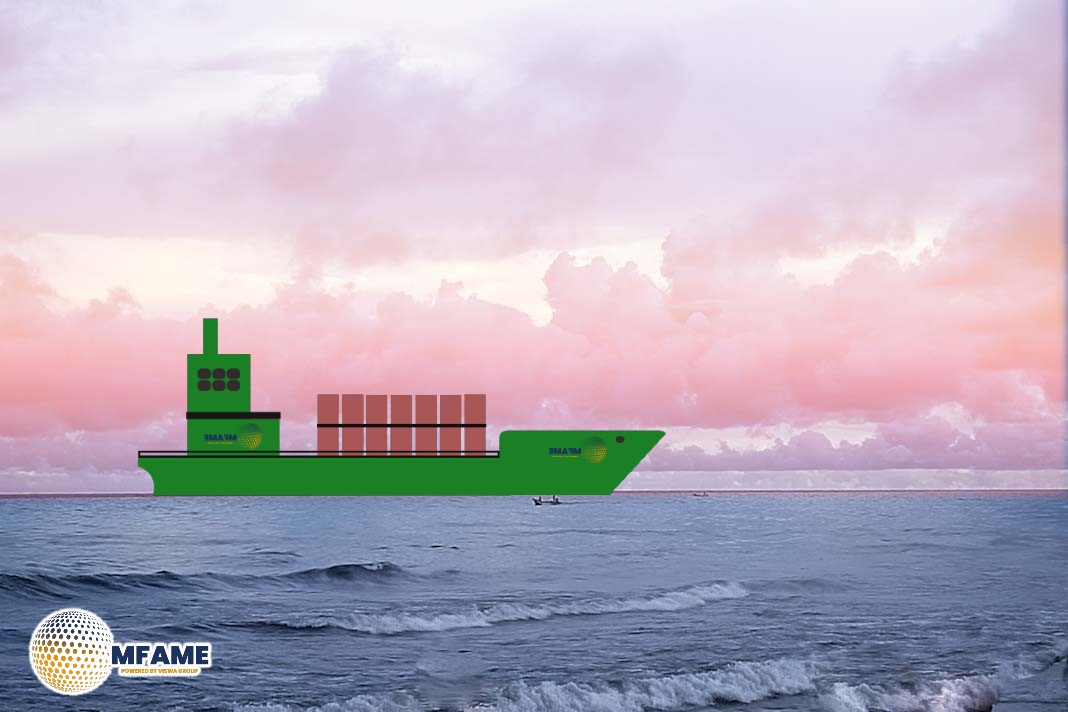The VLCC (Very Large Crude Carrier) market in the Arabian Gulf experienced a surge in positive activity due to increased chartering for early April loadings. This heightened demand led to a temporary reduction in available vessels, empowering ship owners to negotiate and secure higher freight rates, reports Breakwave Advisors.
Current Trajectory
The freight market’s current trajectory has created a divide: ship owners are optimistic, while charterers are taking a cautious approach, delaying new inquiries to avoid pushing rates even higher.
In West Africa, the VLCC market has been relatively quiet, but there’s a growing sense of optimism. This is fueled by rate increases in the Arabian Gulf and a slight uptick in U.S. Gulf exports. Some ship owners are choosing to keep their vessels in the East, due to uncertainties about new U.S. tariffs and potential port charge increases, making the Atlantic basin less attractive.
Looking forward, the VLCC market is expected to be influenced by various economic and geopolitical factors. Increased crude oil demand and restocking in China could lead to a tighter supply of vessels, which could drive rates up. Iraq’s planned production increase could also impact freight rates, depending on where that extra oil is shipped.
In summary, rising demand from China and ship owners’ careful strategies could continue to limit vessel supply. In West Africa, while there’s a possibility of a global oversupply, regional factors and renewed market confidence could balance things out.
Lowering Oil Prices
A new Trump administration’s focus on lowering oil prices to combat inflation could give OPEC+, particularly Saudi Arabia, an opportunity to regain market share. This would reverse the trend of OPEC+ losing ground to Western producers like the U.S., Guyana, Brazil, and Canada.
While some OPEC+ members are exceeding production quotas and global oil demand is projected to grow moderately in 2025 (mainly from gas-derived products), core OPEC producers are most at risk under current market conditions.
With implied U.S. administration support for lower oil prices, a scenario similar to 2015, when oil prices dramatically dropped, is possible. This time, however, the approach may be more subtle, using planned production target increases as a strategic maneuver.
Saudi Arabia is likely to lead this effort, given its vast oil reserves. Protecting these reserves and long-term revenues may require accepting short-term price pressures to squeeze higher-cost Western producers’ production capacity.
Did you subscribe to our daily Newsletter?
It’s Free Click here to Subscribe!
Source: Breakwave Advisors
























